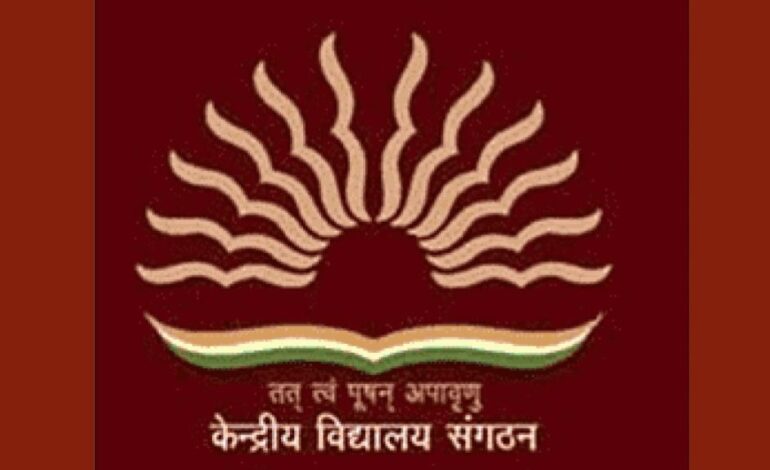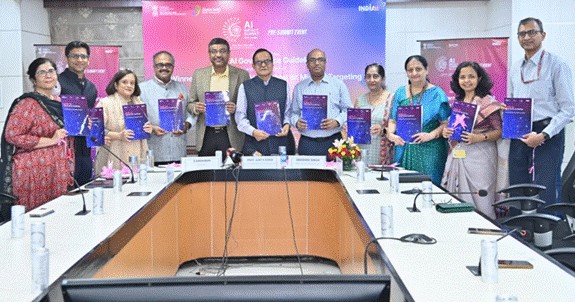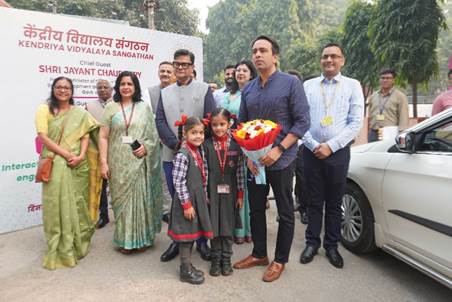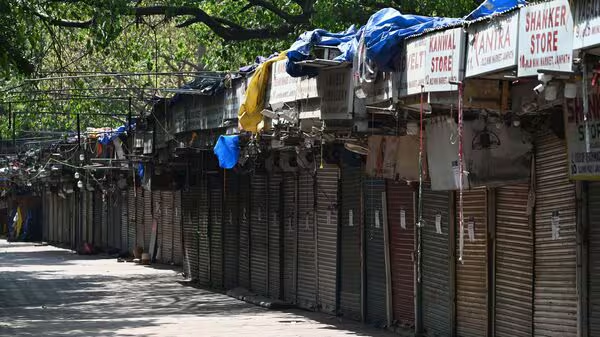Centre Clears ₹5862 Crore Plan to Open 57 New Kendriya Vidyalayas Across India

The expansion aims to meet the educational needs of children of Central Government employees, particularly in underserved and strategically significant regions.
New Delhi, October 2: The Cabinet Committee on Economic Affairs (CCEA), chaired by Prime Minister Narendra Modi, has approved the opening of 57 new Kendriya Vidyalayas (KVs) under the civil sector with a total outlay of ₹5,862.55 crore spread over nine years from 2026–27.
The expansion aims to meet the educational needs of children of Central Government employees, particularly in underserved and strategically significant regions. Of the total allocation, ₹2,585.52 crore will go towards capital expenditure and ₹3,277.03 crore will cover operational costs.
Key Features of the Expansion
For the first time, these 57 schools will include Balvatikas—three years of foundational pre-primary education—making them exemplar schools under the National Education Policy (NEP) 2020. Together, the new institutions are expected to provide quality education to 86,640 students and create 4,617 direct permanent jobs, in addition to generating indirect employment during construction and allied activities.
Among the new KVs, 20 will come up in districts with no existing KV despite a significant presence of Central Government employees, 14 will be set up in Aspirational districts, 4 in Left Wing Extremism (LWE) affected areas, and 5 in the North East and other hilly regions.
Background of Kendriya Vidyalayas
The Kendriya Vidyalaya scheme was launched in 1962 to provide uniform educational facilities for wards of transferable Central Government employees, including defence and paramilitary personnel. The first “Central Schools Organisation” later evolved into the Kendriya Vidyalaya Sangathan (KVS).
Over the decades, KVs have emerged as model institutions of public schooling. Currently, 1,288 KVs are functional, including three abroad in Moscow, Kathmandu, and Tehran, with a combined enrolment of around 13.62 lakh students. In December 2024, the Cabinet had already sanctioned 85 new KVs, underscoring the high demand for expansion.
Strategic Spread and Inclusivity
Of the 57 new approvals, 7 KVs will be sponsored by the Ministry of Home Affairs and 50 by State and Union Territory authorities, covering 17 States/UTs. The proposal seeks to balance national expansion with regional inclusivity—anchoring growth in the East while extending coverage across North, South, and Western India.
The government noted that the expansion also aligns with NEP 2020, under which 913 KVs have already been designated as PM Shri Schools, showcasing innovative pedagogy, quality teaching, and modern infrastructure. KVs consistently outperform other school systems in CBSE board results, and applications for admission to Class I and Balvatika have been steadily increasing every year.
Employment and Social Impact
Each KV typically employs 81 staff members, ranging from teachers to administrative personnel. With the sanction of 57 new schools, direct employment opportunities for more than 4,600 individuals will be created. Additionally, construction and facility augmentation will generate thousands of temporary jobs for skilled and unskilled workers.
Looking Ahead
With this fresh sanction, and the earlier approval of 85 KVs in 2024, the government has signalled a strong commitment to strengthening access to quality education nationwide, particularly in aspirational districts and underserved regions.
Officials said the expansion will not only serve children of government employees but also strengthen inclusivity, national integration, and social equity by reaching geographically challenging and socially critical areas.








